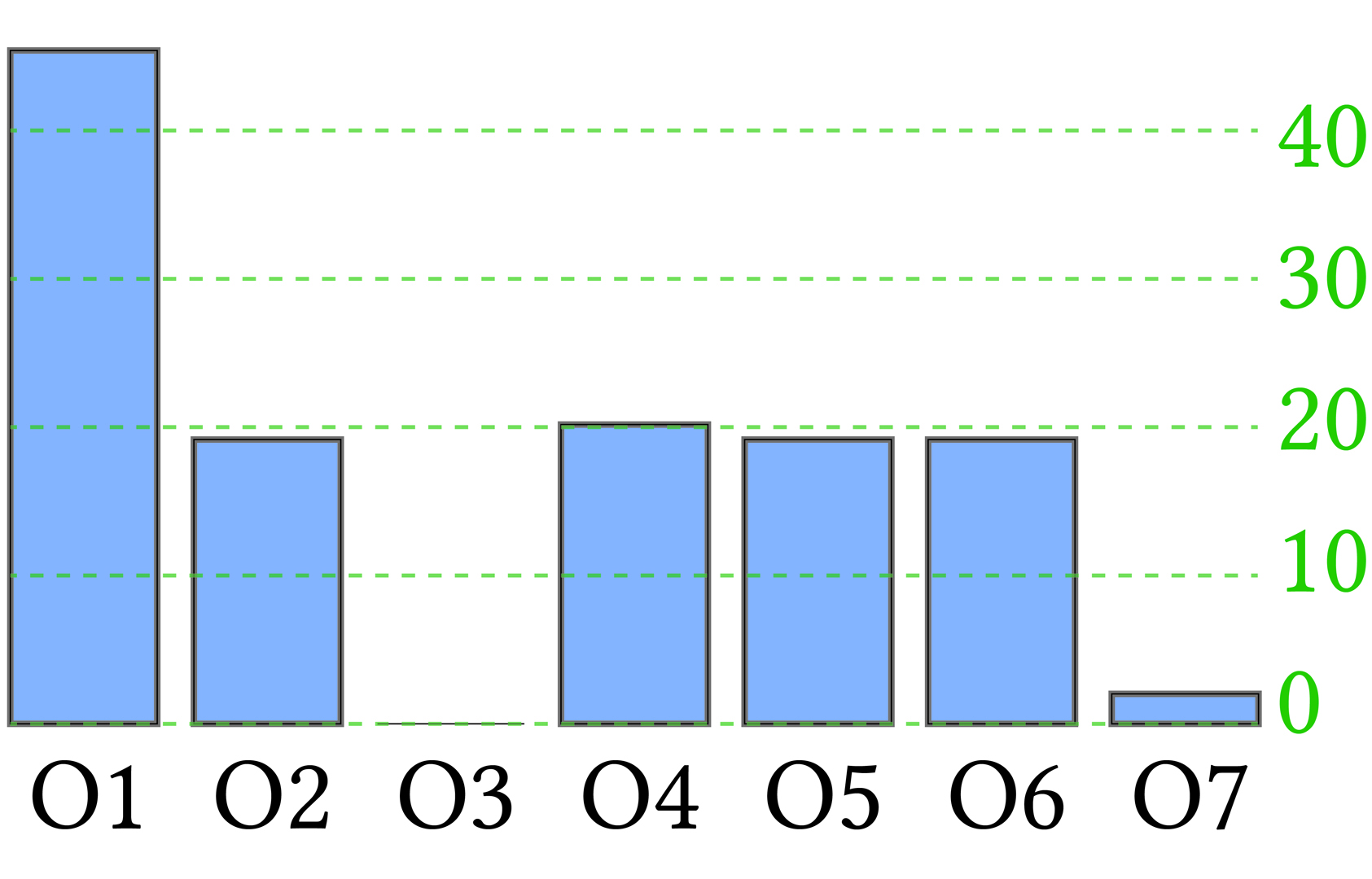“Sex and Gender in the Computer Graphics Research Literature” by Dodik, Sellán, Kim and Phillips
Conference:
Type(s):
Entry Number: 48
Title:
- Sex and Gender in the Computer Graphics Research Literature
Presenter(s)/Author(s):
References:
S. Barocas, M. Hardt, and A. Narayanan. 2019. Fairness and Machine Learning.Google Scholar
T. Beauchamp. 2019. Going Stealth: Transgender Politics and U.S. Surveillance Practices.Google Scholar
Y. Behzadi. 2021. Synthetic data to play a real role in enabling ADAS and autonomy.Google Scholar
M. Blackless, A. Charuvastra, A. Derryck, A. Fausto-Sterling, K. Lauzanne, and E. Lee. 2000. How sexually dimorphic are we?Am. J. Hum. Biol. 12, 2 (2000).Google Scholar
T. Brewer. 2020. DHS Awards $1 Million to Support Machine Learning Development for Airport Security. Synthetik Applied Technologies Blog(2020).Google Scholar
Judith Butler. 2003. Gender trouble. Continental feminism reader(2003), 29–56.Google Scholar
R. J. Chen, M. Y. Lu, T. Y. Chen, D. FK Williamson, and F. Mahmood. 2021. Synthetic data in machine learning for medicine and healthcare. Nat. Biom. (2021), 1–5.Google Scholar
K. A Clarke. 2005. The phantom menace: Omitted variable bias in econometric research. Conflict management and peace science 22, 4 (2005), 341–352.Google Scholar
A. Fausto-Sterling. 2012. Sex/gender: Biology in a social world. Routledge.Google Scholar
B. Friedman and H. Nissenbaum. 1996. Bias in Computer Systems. ACM Trans. Inf. Syst. 14, 3 (jul 1996), 330–347. https://doi.org/10.1145/230538.230561Google Scholar
Google. 2020. Ethics in Action: Removing Gender Labels from Cloud’s Vision API.Google Scholar
O. Keyes. 2018. The misgendering machines: Trans/HCI implications of automatic gender recognition. Proceedings of the ACM on human-computer interaction (2018).Google Scholar
J. Lorber. 1994. Paradoxes of gender. Yale University Press.Google Scholar
N. Mehrabi, F. Morstatter, N. Saxena, K. Lerman, and A. Galstyan. 2021. A Survey on Bias and Fairness in Machine Learning. ACM Comput. Surv. 54, 6 (2021).Google Scholar
J. Money and A. Ehrhardt. 1972. Man and woman, boy and girl: Differentiation and dimorphism of gender identity from conception to maturity.(1972).Google Scholar
The Nature Editors. 2018. US proposal for defining gender has no basis in science.Google Scholar
A. Olteanu, C. Castillo, F. Diaz, and E. Kıcıman. 2019. Social data: Biases, methodological pitfalls, and ethical boundaries. Frontiers in Big Data 2(2019), 13.Google Scholar
D. Pessach and E. Shmueli. 2020. Algorithmic Fairness. (2020). arXiv:2001.09784Google Scholar
L. Silver. 2017. Topshop Refused To Let A Trans Person Into An All-Gender Changing Room. BuzzFeed News (2017).Google Scholar
H. Suresh and J. Guttag. 2021. A Framework for Understanding Sources of Harm throughout the Machine Learning Life Cycle. EAAMO (Oct 2021).Google Scholar
UNHCHR. 2015. Discrimination and violence against individuals based on their sexual orientation and gender identity. (2015).Google Scholar
Unreal Engine. 2021. Digital Humans | Metahuman Creator.Google Scholar




